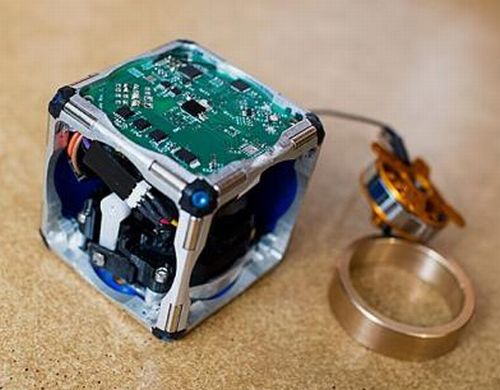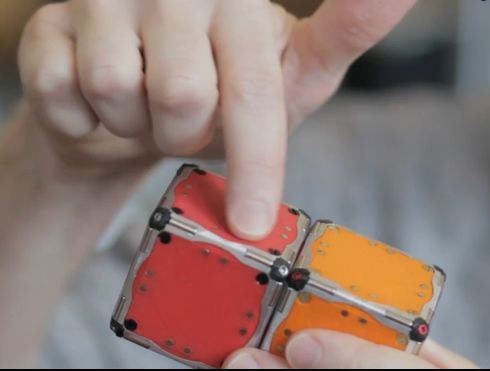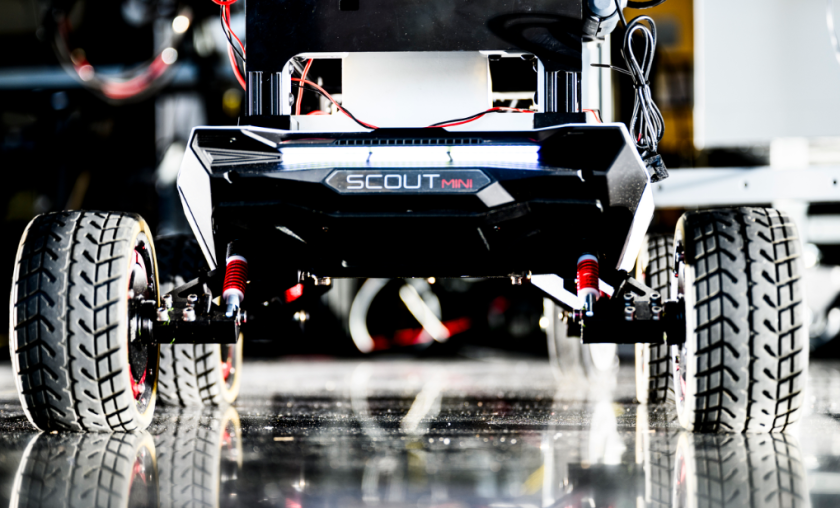Modular bot will be the new dimension in the field of Robotics. Unlike the conventional scheme of robots, the modular bots are cube and without any external moving part. Researchers behind the discovery have named each as M-Block.
Scientists of MIT, John Romanishin, Daniela Rus and postdoc Kyle Gilpin are going to present a paper describing their new robots at the IEEE/RSJ International Conference on Intelligent Robots and Systems.
Architecture
Usually, a bot has a single architecture aiming for one particular task or quite similar tasks. However, this is not the case with M-Blocks. Each cube is a tiny device with an electronic circuit embedded inside. These cubes together have an ability of changing geometries as per tasks assigned.
Effortlessly, these modular cubes can be manipulated or navigated as per the requirements. These cubes are different from a generic robot in terms of its movement different types of motions can be achieved with the same basic units repeatedly. Which however is a difficult task with a conventional machine.
Challenges
Fitting everything inside a small cube was one of the biggest challenges faced by the research scientists. Yet they did overcome the huddle, each module consists of a motor controller, flywheel, battery, radio, breaking mechanism, electronics inside it.
The prototype is breakthrough in itself as it is an epitome of breaking down of complex robotic structures into a small physical unit.
Key Feature
M-Block’s magnetic system is one of its most important and elegant aspect of the entire workings.
Force alignment between the boxes is provided by the 8 magnets that are facing each other. Similarly, the edge magnets help in rotating and forming a strong bond between cubes thus preventing them from falling over. And for the next turning round, the face magnets comes into play and the cubes takes a next rotation over each other.
Another important feature is the high level of energy that these cubes require. High energy in short duration of time which till now was one of the greatest huddle in robotics has been crossed by these M-Blocks.
In order to achieve efficiency, each cube requires enough momentum so that they can move quickly and precisely on wider structure, and at the same time, the cubes jump in air for changing geometry. All these tasks require a huge amount of energy, which the scientists were capable to achieve.
Future
As of now, the cubes are moving as per the commands that they receive via radio. Researchers are typing command on computer, which transfers over wireless link that is present in the room.
In future they envision to write an algo on the cubes making them self autonomous, so that they in a distributive fashion decide how, when and where to move as per the given set of instructions.
Source: Phys.org






